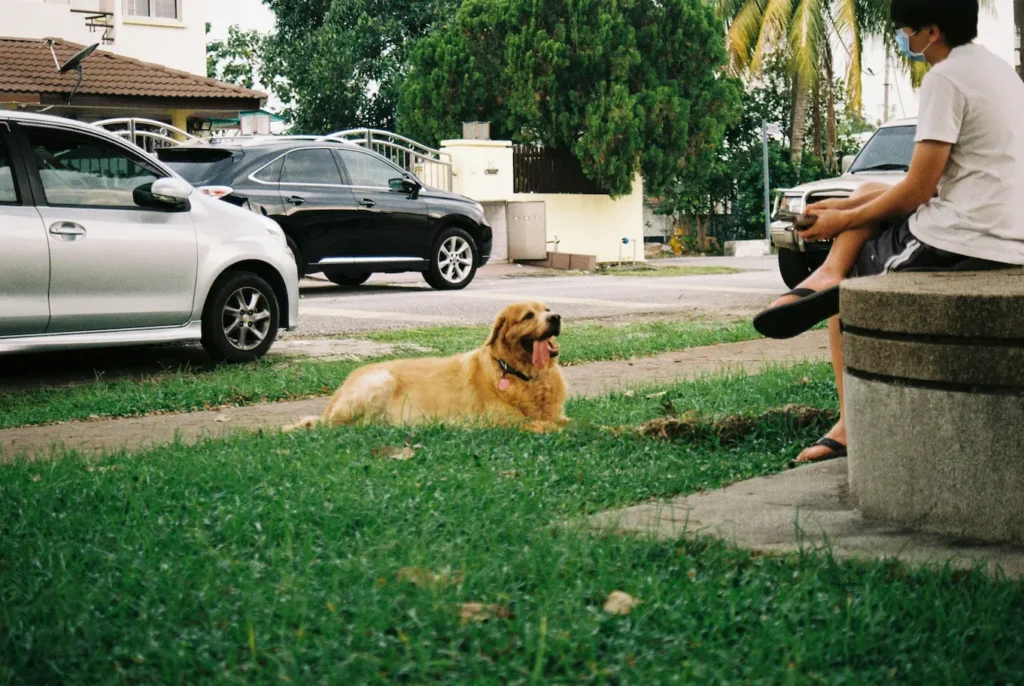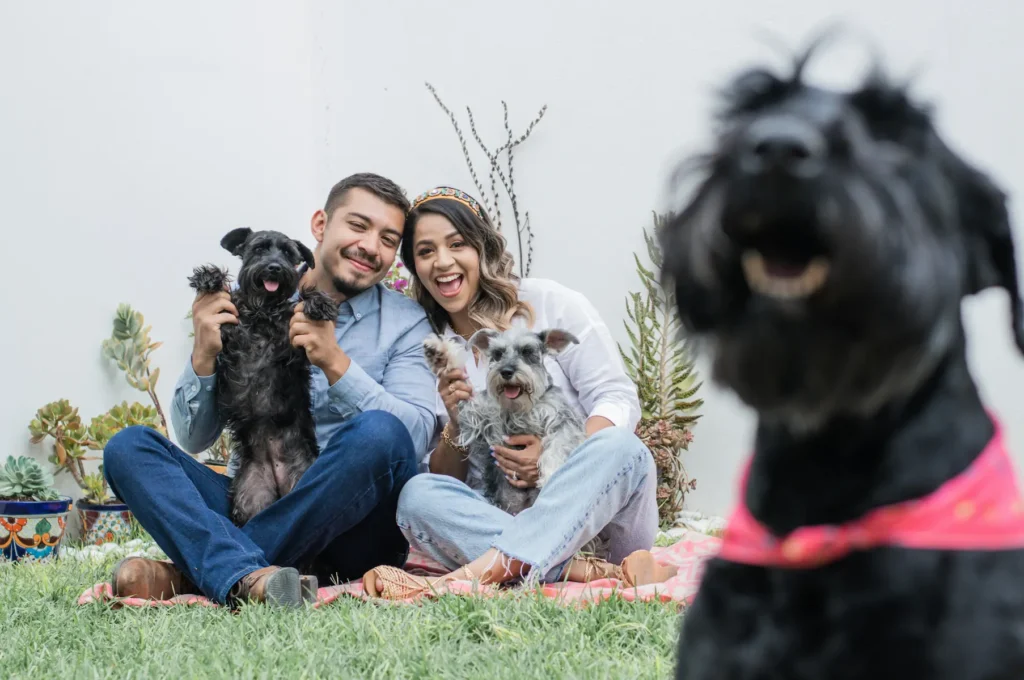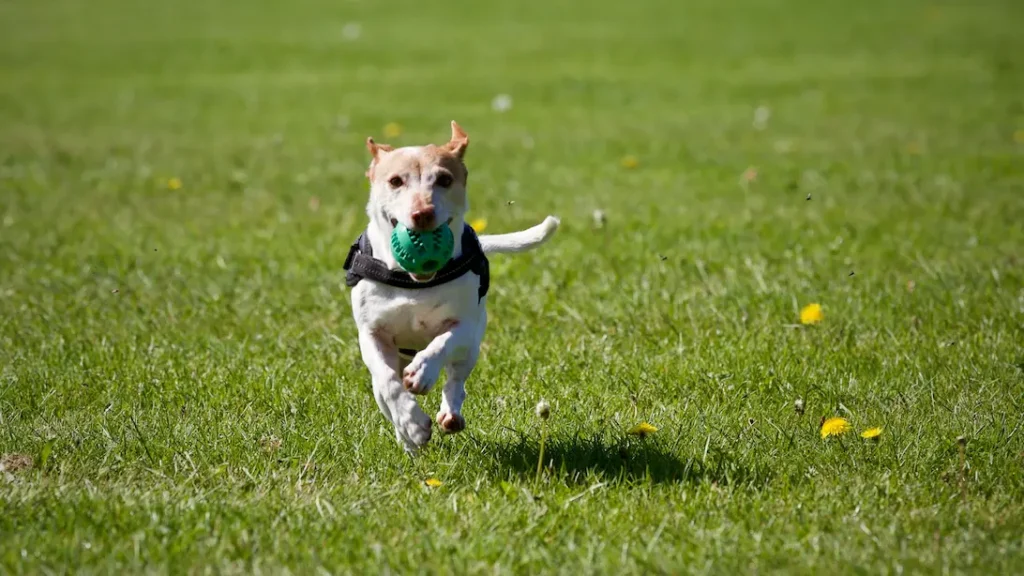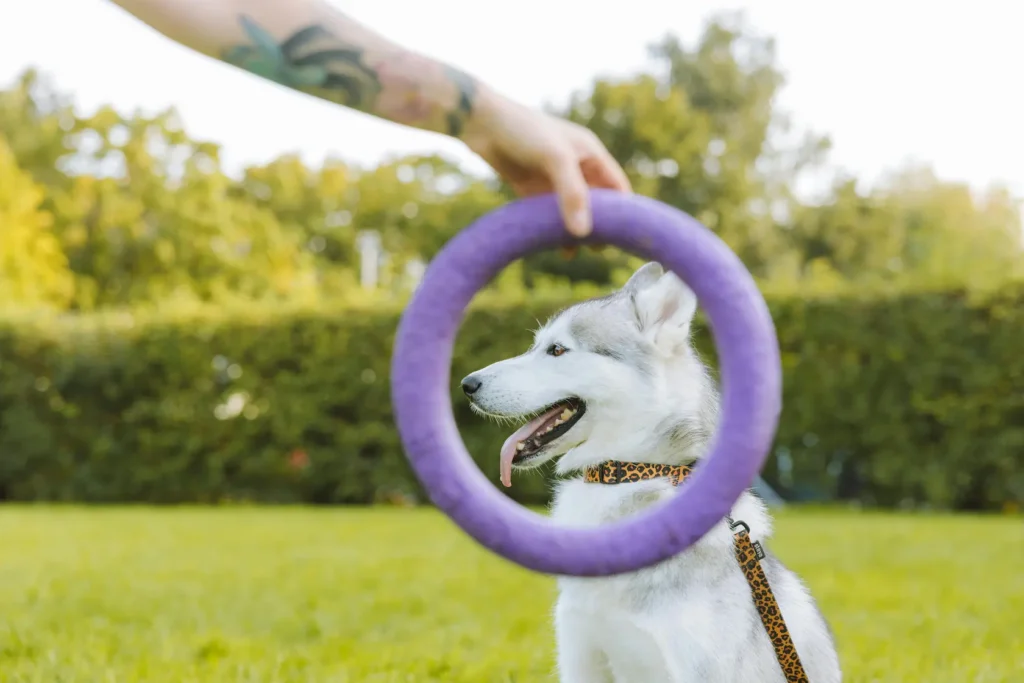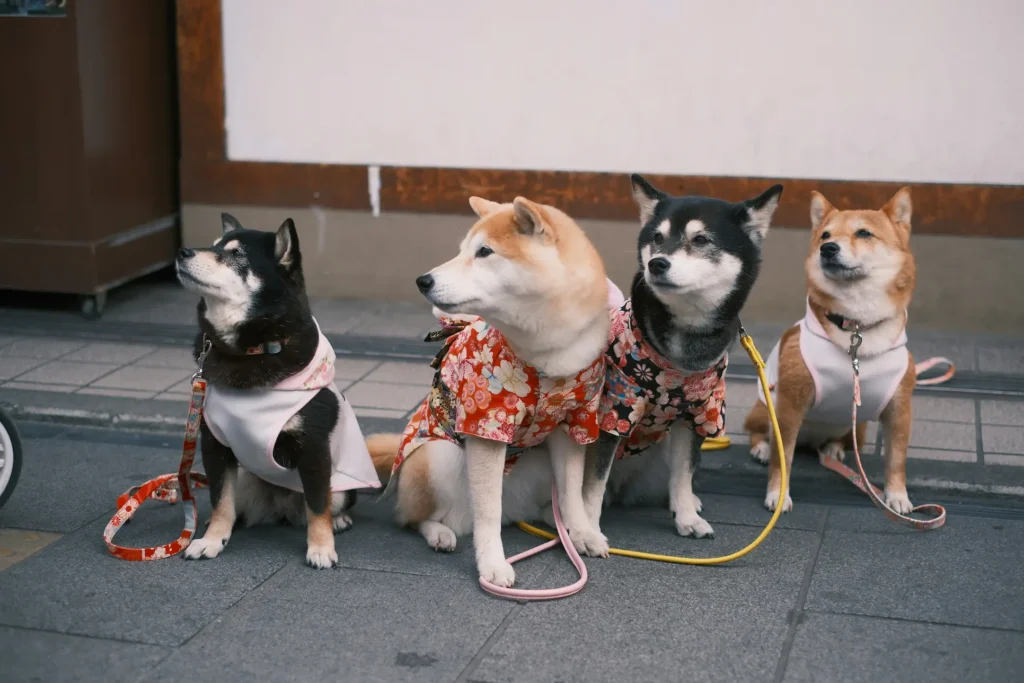Dog emotional signals: 12 Clear Ways to Read Your Dog’s Mood (2025)
Discover dog emotional signals and learn how to tell if your dog is happy. Explore canine body language and trust signs today!
Have you ever wondered what your furry friend is really thinking or feeling? Understanding dog emotional signals can unlock a deeper bond between you and your companion. In this post, we’ll explore how to tell if your dog is happy, what canine body language to watch for, and the unmistakable signs your dog trusts you.
Whether you're a seasoned pet parent or a new dog owner, learning to read these cues will help you respond with love and care. Let’s dive into the world of canine communication and decode your dog’s moods! You might also want to check out how much exercise your dog needs to support their emotional well-being.
Understanding Canine Body Language: Core Dog Emotional Signals
Dogs communicate primarily through body language — their posture, facial expressions, tail position, and movements tell a story far richer than words. These signals form the backbone of all dog emotional signals and are essential for interpreting your dog’s feelings. For a deeper dive into body cues, the American Kennel Club’s guide on dog body language is a helpful external resource.
Primary Physical Indicators to Recognize
- Tail Wagging: A relaxed, wide wag generally signals happiness and friendliness. Conversely, a slow wag or a tail tucked between the legs may indicate fear or insecurity.
- Ear Posture: Ears held forward can mean excitement or alertness, while ears flattened against the head usually indicate submission or anxiety.
- Facial Expression: Soft eyes with relaxed eyelids and a slightly open mouth often show contentment. “Whale eyes,” where the whites of the eyes are visible, can mean stress or discomfort.
- Body Posture: A loose, wiggly body is a classic sign of a happy dog. Tense muscles, crouching, or lowered body height often signal fear or unease.
- Paw Position: Raised paws might suggest curiosity or a desire to play, while trembling paws could be a sign of nervousness or excitement.
 Photo by Bella Robertson
Photo by Bella Robertson
How to Tell If Your Dog Is Happy: Vocal & Behavioral Clues
Happiness in dogs isn’t only shown by their body — their sounds and actions also convey joy and comfort. Recognizing these vocal and behavioral signs helps ensure your dog’s well-being.
Common Vocal & Behavioral Signs of a Happy Dog
- Barking with Excitement: High-pitched barks during play or greetings express joy and enthusiasm.
- Play Bow: When your dog lowers its front legs and keeps the rear high, it’s an invitation to play and a clear indicator of happiness.
- Relaxed Sniffing and Exploration: A calm, curious approach to new scents and environments means your dog feels safe.
- Tummy Up: Offering their belly is a strong sign of trust and happiness.
- Soft, Relaxed Mouth: Slight panting with a relaxed jaw shows contentment.
- Happy Eyes: Bright, sparkling eyes that make gentle contact indicate joy.
 Photo by Alina Skazka
Photo by Alina Skazka
Signs Your Dog Trusts You: Deep Emotional Signals
Trust is the cornerstone of any strong relationship, including the one you share with your dog. When a dog trusts you, they’ll show it in many subtle but meaningful ways.
Trust-Building Behaviors to Look For
- Leaning In: When your dog rests against you, they seek comfort and show affection.
- Following Your Gaze: Dogs that look to you for guidance and respond to your attention show trust.
- Relaxing During Grooming: Letting you brush or touch them comfortably shows trust.
- Sleeping Near You: Choosing to sleep close by means your dog feels safe.
- Bringing You Their Favorite Toy: Sharing a prized toy shows affection.
- Making Eye Contact: Gentle eye contact signals a deep bond.
Positive reinforcement and gentle handling build trust over time. For example, some blue tongue dog breeds are known for being emotionally expressive and trusting.
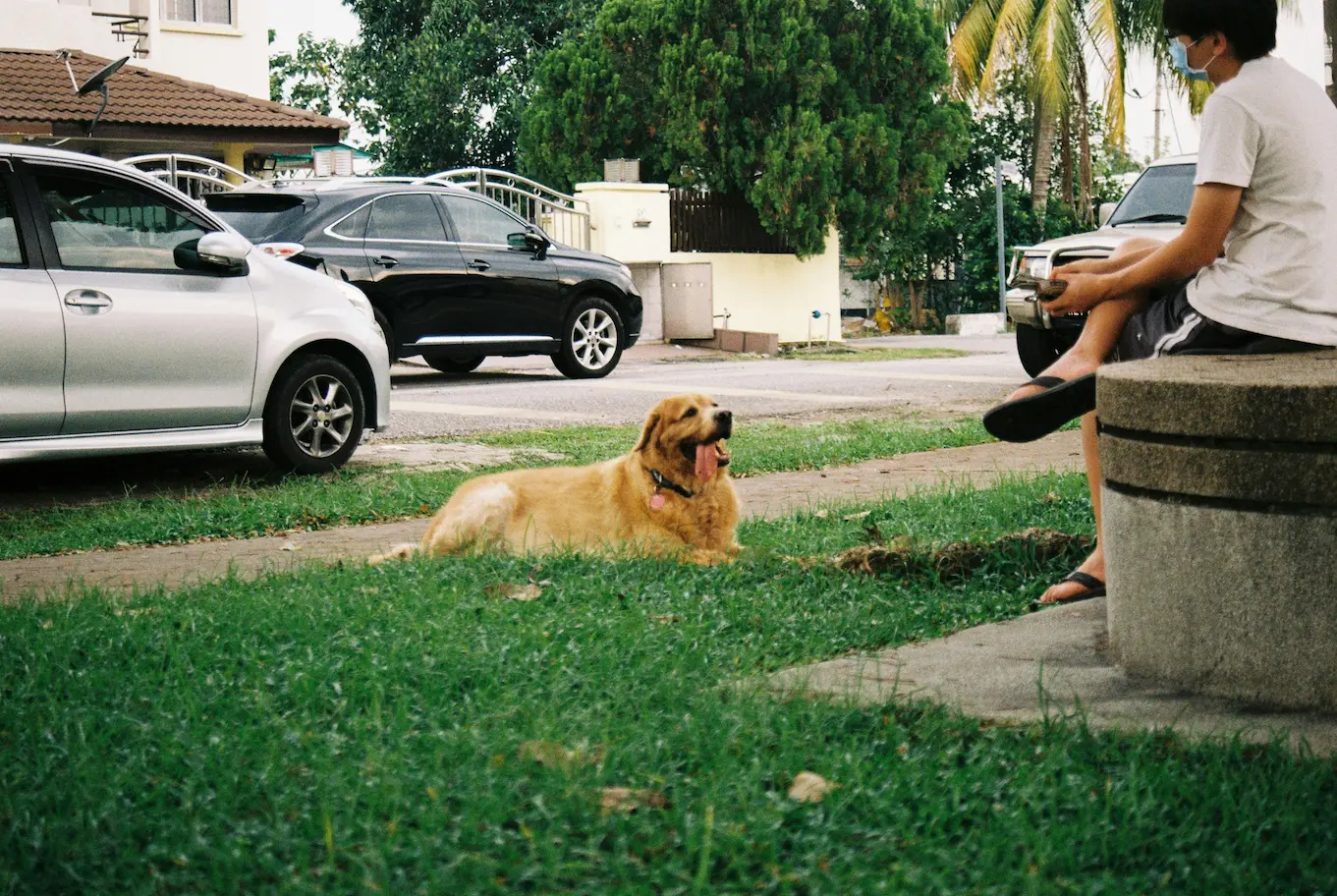 Photo by WinYee Chong
Photo by WinYee Chong
Emotional Signals in Different Situations
Your dog’s emotional signals can vary depending on the situation. Understanding them helps you support your dog through stress and excitement.
At the Vet or Groomer
- Trembling or Shaking: Indicates fear or anxiety.
- Lip Licking and Yawning: Calming signals.
- Flattened Ears: Signs of discomfort or fear.
- Relaxed Tail Wagging: Shows comfort with the environment.
During Dog-to-Dog Play
- Playful Growling: Normal when combined with relaxed posture.
- Play Bow: Invites play and signals fun.
- Pinning Behavior: Monitor for stress signs like cowering.
- Taking Turns: Indicates healthy social play.
 Photo by David Kanigan
Photo by David Kanigan
FAQs About Dog Emotional Signals
Q1: What is the most common dog emotional signal for happiness?
A: A relaxed wagging tail with a loose body, soft eyes, and gentle mouth is the clearest sign of happiness.
Q2: How can I tell if my dog is anxious?
A: Look for signs like whale eyes, lip licking, trembling, yawning, or tucked tail. These indicate stress or fear.
Q3: Can I improve my dog’s trust by recognizing signals?
A: Yes! By understanding and respecting your dog's cues, you strengthen the bond and build lasting trust.
Q4: How do I tell the difference between play and aggression?
A: Play involves loose bodies and tail wagging, while aggression is stiff, still, and includes growling with direct eye contact.
Conclusion
Recognizing dog emotional signals is key to strengthening your relationship and providing a safe, happy life for your pet. Whether it’s a wagging tail, play bow, or lean of trust, your dog is always communicating.
Paying attention to these signals helps you nurture joy, reduce anxiety, and build a loving bond that lasts a lifetime. Be sure to observe your dog daily — the more you learn their emotional language, the deeper your connection will grow.
Found this guide helpful? Bookmark it, share with fellow dog lovers, and explore more of our pet wellness content today!
Disclaimer: This article may contain affiliate links. If you click and purchase, we may earn a commission at no extra cost to you. As an Amazon Associate, we earn from qualifying purchases.

